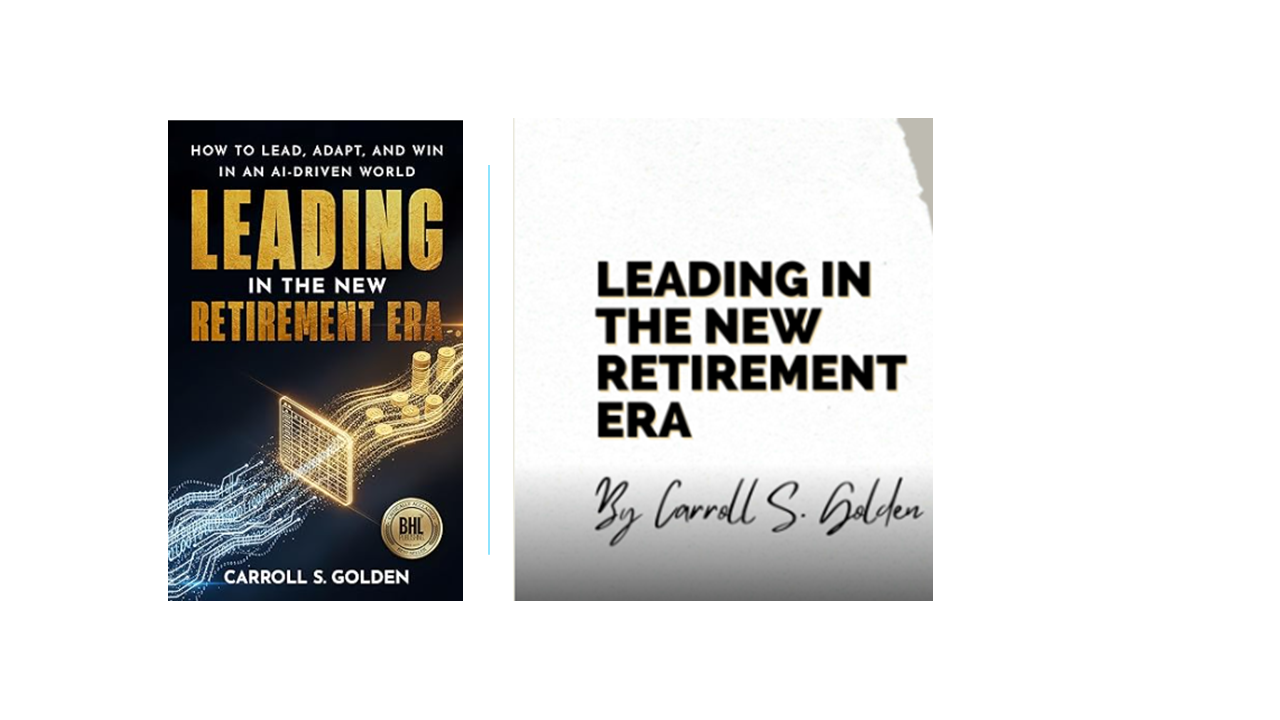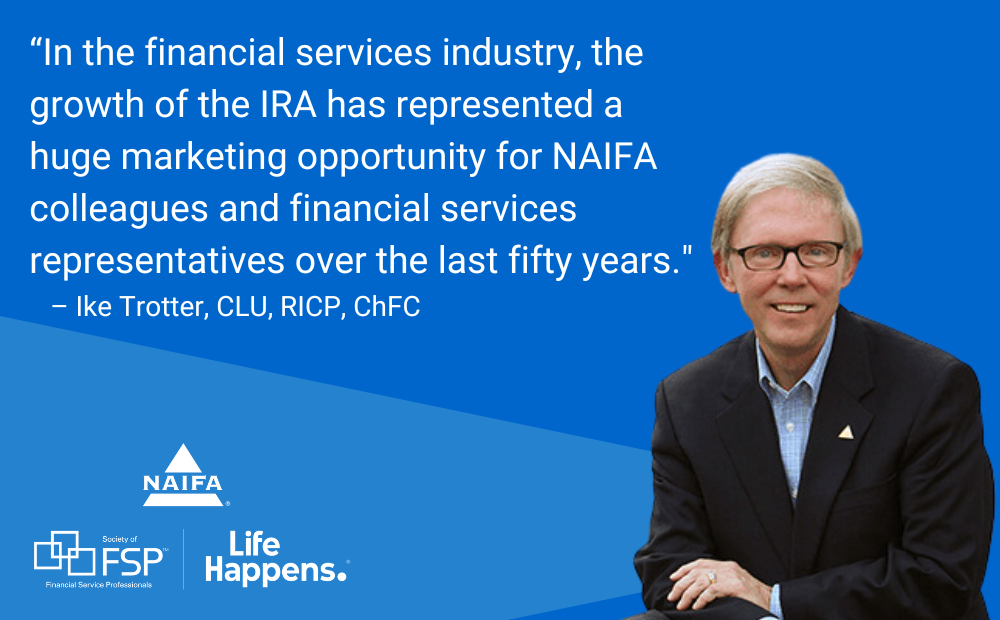NAIFA's Carroll Golden recently shared a striking insight that should give every financial professional pause. According to new Pew Research, Americans are three times more likely to say they would prefer to live in the past rather than the future. Only 14% chose the future.
2 min read
Why Future-Ready Planning Can’t Wait
By NAIFA on 12/17/25 3:35 PM
Topics: Retirement Planning #NAIFAProud Retirement
4 min read
Considering Medicare Costs in Retirement Planning: What Financial Professionals Need to Know
By Elie Harriett on 6/13/25 9:30 AM
For many Americans, reaching Medicare eligibility marks a noticeable decrease in healthcare spending. Of course, that doesn’t mean that Medicare is free. For financial advisors helping clients prepare for retirement, understanding and planning for the costs associated with Medicare is critical. While these costs are often lower than those incurred through pre-65 health insurance, they remain significant, especially when viewed over a multi-decade retirement.
Topics: Retirement Planning Medicare Medicare Part D
2 min read
FSP Offers Professional Learning Resource on Retirement Planning
By NAIFA on 4/10/25 11:20 AM
Retirement Plans and Retirement Planning, a newly revised ebook by Kenn B. Tacchino, JD, LLM, Professor of Taxation and Financial Planning at Widener University, is a valuable resource for financial planning students and practitioners. The book is published by FSP, a NAIFA Community, and Professor Tacchino is editor of FSP's Journal of Financial Service Professionals, which NAIFA members may access online as an educational benefit.
Topics: Retirement Planning Professional Development
3 min read
The IRA Is 50 This Month!
By Ike Trotter on 1/16/25 8:31 AM
Advisor Today Guest Column
January of 2025 is the 50th anniversary to one of the most important pieces of legislation in the retirement planning arena ever put into law by Congress. What I’m referring to is the enactment of ERISA, the Employee Retirement Income Security Act. Without question, ERISA brought about significant changes during the second half of the twentieth century. The key component to ERISA, which became law on January 1, 1975, was the establishment of the Individual Retirement Account or IRA. And what a monumental impact IRAs have had on the retirement planning market from that day forward. According to recent data, approximately 55 million Americans (representing around 42% of all households) hold IRAs with the average balance being around $195,000 per taxpayer.
Topics: Retirement Planning
1 min read
What You Don't Know About Social Security Can Hurt You ... And Your Clients
By NAIFA on 8/5/24 4:28 PM
Thomas Drapala, RSSA, is Director of Strategic Partnerships, Registered Social Security Analysts, and a passionate advisor and educator with deep expertise in Social Security. He is also a keynote speaker at NAIFA's Apex, September 19-21, at the Arizona Biltmore.
Topics: Retirement Planning Apex
1 min read
Social Security: Will It Still Be There?
By NAIFA on 6/6/24 3:33 PM
In the ever-evolving landscape of retirement planning, Social Security remains a critical source of income for most Americans. The annual release of the Trust Fund Report, issued in May, sparked widespread media coverage and client concern. Questions such as "Will Social Security still be there?" and "Is it going broke?" continue to circulate. Join us for a webinar on Wednesday, June 26, 2024, from 12:00 pm to 1:00 pm Eastern, sponsored by Security Mutual Life which can help you deal with the concerns that clients may have.
Topics: Retirement Planning Retirement
2 min read
Americans Want Guaranteed Lifetime Income Products
By NAIFA on 6/9/23 12:00 PM
A new study from the American Council of Life Insurers (ACLI) shows an increased interest in annuities amid growing economic uncertainty.
The study, which surveyed more than 1,000 Americans between the ages of 45 and 65, found that 54% of respondents are considering “a guaranteed lifetime income product that pays out like a pension.” This trend held among all income brackets, with the greatest interest among minority communities, including Black and Hispanic respondents and those who identified as "other." The survey also found that 91% of respondents would prefer to work with a financial professional who offers products and services that meet their needs.
Topics: Retirement Planning Retirement Legislation & Regulations Research/Trends
2 min read
Mastering Retirement Income: Decumulation Diversification Strategies Revealed
By NAIFA on 5/31/23 3:51 PM
If you are concerned about diversifying your clients' income during retirement and are searching for strategies to protect against potential increases in taxes and inflation, then join the next Advisor Today webinar on Thursday, June 22 at 2 pm eastern with Allianz.
At "Decumulation Diversification," Schyler Adams, Director of Advanced Strategies & Planning Platforms will reveal concepts and innovative approaches to secure your clients' financial future. Don't miss this opportunity to optimize retirement income and help your clients achieve long-term financial stability.
Topics: Retirement Planning Financial Planning Retirement Webinar Advisor Today
2 min read
What SECURE 2.0 Means for Your Clients' Retirement and Estate Planning
By NAIFA on 4/20/23 11:00 AM
SECURE 2.0 is here, but what does that mean for your clients' retirement and estate planning? On Tuesday, May 9, from 12 pm to 3 pm eastern, join NAIFA and the Society of Financial Service Professionals for an Advanced Practice Center live virtual event, as three industry experts discuss the impact of SECURE 2.0, what it means for your clients, and why now is the best time to prepare.
Topics: Retirement Planning Estate Planning Insurance SECURE 2.0 NAIFA Partner
8 min read
Reverse Mortgage Loans: Imaginative Ways They Can Be Used in Retirement Planning
By Harlan Accola on 9/16/22 10:39 AM
Here are three ways people 62 and older (working in tandem with their advisors) can incorporate reverse mortgages into sound retirement plans to potentially improve retirement outcomes.
When it comes to making savings last over a lengthy retirement period, retirees have no shortage of obstacles to contend with: soaring inflation, longer life expectancy, volatile markets, exuberant long-term care costs — the list goes on and on.
Reverse mortgages can help solve many challenges in retirement. But too often the strategic use of home wealth, and consequently reverse mortgages, is something older-adult homeowners and their advisors fail to consider. Two big reasons why reverse mortgages are often omitted from the retirement-income planning conversation are outdated misconceptions and enduring perceptions about how reverse mortgages work and how they are best used. And that’s unfortunate because today’s reverse mortgages have some powerful features — along with recently enhanced consumer protections — that can make them a valuable and effective tool in retirement planning.





.png)


.png)

.png)



.png?width=300&name=_LUTCF%20%20-%20AT%20web%20(300%20x%20300%20px).png)
